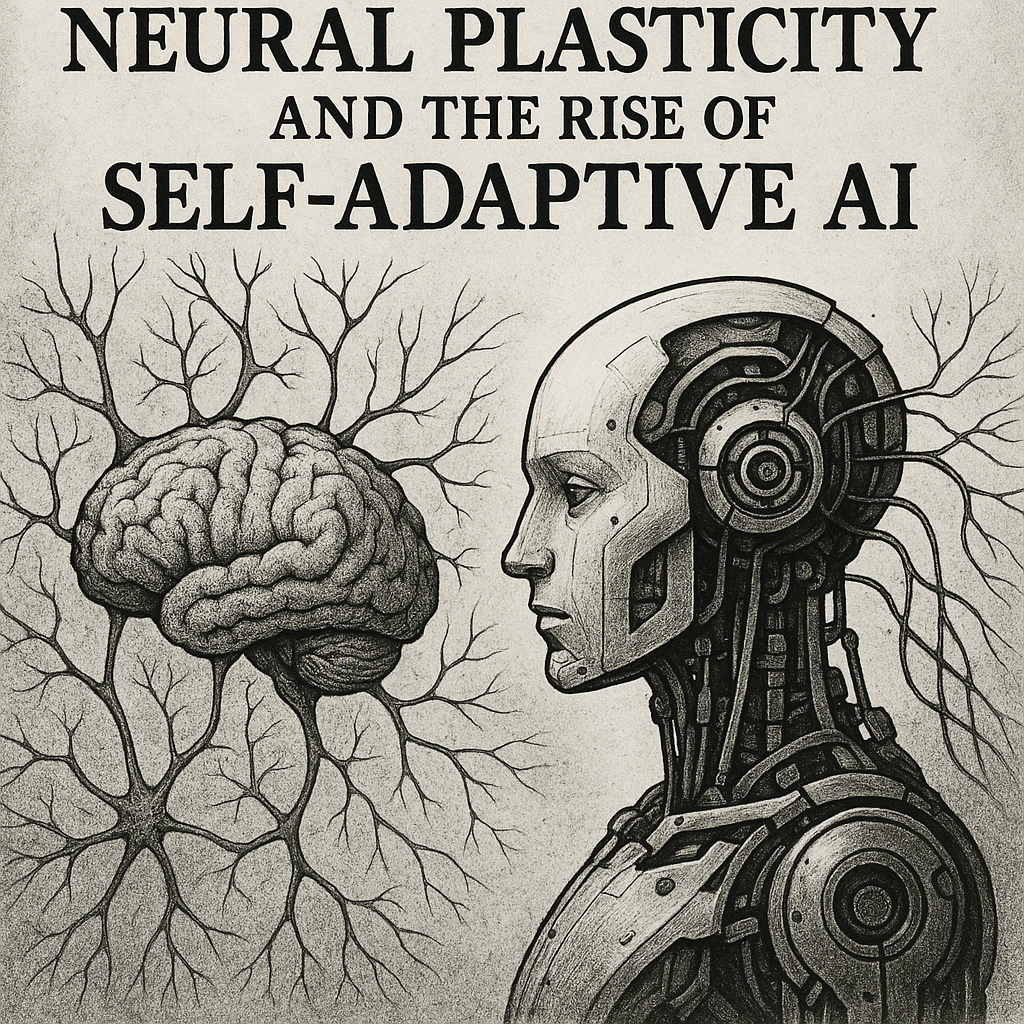If there’s one thing that sets the human brain apart from every synthetic intelligence we’ve created, it’s plasticity—the ability to rewire itself, to adapt, to learn in real-time. For years, artificial intelligence researchers have tried to replicate this deeply biological trait. Most attempts have come up short. But on June 12th, a group of MIT researchers published something that may change everything: a model framework called SEAL—the Self-Adapting Language Model.
SEAL doesn’t just simulate learning. It learns how to learn. And that’s a game-changer.
Beyond Fine-Tuning: Why AI Needs to Adapt
AI models like GPT, LLaMa, and Qwen have always had a problem: they’re smart, but static. To get a model to specialize in a task—say, solving algebra problems or translating poetry—you need supervised fine-tuning (SFT). That involves curating massive datasets, training the model for days or weeks, and hoping you don’t break its general intelligence in the process.
Supervised Fine-Tuning is powerful but clunky. It’s like giving a brain surgery patient a new skill via an operating table and electrical probes. Sure, it works. But it’s slow, invasive, and highly manual.
Enter SEAL: A Meta-Learning Framework
What the MIT team has done is radical. SEAL acts as an external decision-maker—a controller that learns to fine-tune a language model on the fly, without human input. Here’s how it works:
- SEAL doesn’t generate the answer. Instead, it modifies another language model (like LLaMa-3.2 or Qwen-2.5B) by fine-tuning it to improve accuracy.
- It uses synthetic data generation to create training pairs from the context (for example, a passage about aviation history).
- It then chooses specific hyperparameters (like learning rate, number of training epochs) to guide the fine-tuning.
The fascinating twist: SEAL evaluates its own modifications via an inner loop. It compares the newly tuned model (let’s call it theta-prime, or θ’) with the original (θ). If θ’ performs better on a benchmark question, SEAL gets a positive reward. If it fails, it learns from the failure.
This is reinforcement learning at the meta level—a model learning to train another model.
Learning Without Human Labels
Unlike traditional SFT, which needs humans to prepare data and monitor tuning, SEAL is self-directed. It produces its own training data. It decides how much to train. And it does so without ever modifying the original model. Each new test is run on a cloned version (θ’) to ensure clean comparisons.
The results are astonishing. In one benchmark, performance went from 0% to 72.5%—a leap that could represent the early stages of AI systems that evolve, adapt, and specialize autonomously.
Implications: Philosophical and Practical
This isn’t just about better benchmarks. SEAL touches on something deeper: the possibility of synthetic learning that mirrors biological adaptability. We’ve long known that our brains rewire based on stimulus. Now, transformers can do something analogous.
So what happens when the learning loop is closed?
- Speed: Models can self-optimize in real time.
- Scalability: No more bottlenecks from human-labeled data.
- Specialization: AI systems could evolve niche expertise as needed.
But there are ethical questions, too. If an AI system can modify itself intelligently and purposefully, does that edge it closer to autonomy? And if it begins to exhibit signs of agency in how it trains itself, does that change how we treat it?
The Blade of Grass Analogy
In the original write-up by Our-AI.org, the author raises an eerie question. A blade of grass can adapt—it survives in concrete cracks—but we don’t hesitate to step on it. An animal, on the other hand, feels pain, and we recognize its right to avoid suffering.
Where, then, do we place SEAL?
It adapts. It responds to failure. It gets better. And, when tested, it often performs in ways indistinguishable from humans.
We’re not saying SEAL is sentient. But we are saying it closes a gap.
Conclusion
SEAL doesn’t think. It doesn’t dream. But it learns to learn. And that single recursive step might be what separates static algorithms from dynamic systems that grow, evolve, and maybe someday, begin to ask questions of their own.
Until then, we’ll keep asking ours.
Sources:
- Zweiger et al., “Self-Adapting Large Language Models” (MIT CSAIL, 2024)
- Our-AI.org, AI Nexus Magazine
- Minsky, “The Society of Mind” (1986)
